Dear Editor,
The Carter House would like to take the opportunity to express how much we appreciate the article regarding the Battle of Franklin in the April issue. We hope all your readers feel welcome to visit The Carter House. On the site, we have over 1,000 bullet holes remaining from the horrific battle. We also have an excellent museum, film and guided tour of The Carter House and Battle of Franklin. Once again, thank you for such an impressive article!
Respectfully,
Thomas Y. Cartwright
Executive Director, The Carter House
Fixed-Wing Gunships
Dear Editor,
I love your new magazine. After picking up Vol. 1, No. 4 off the bookstore shelf, I have since ordered a subscription and the first three back issues. The articles are well-written and I enjoy the good selection of color photos and artwork. I have one correction to the otherwise excellent article on fixed-wing gunships. The aircraft shown on the first page of the article dispensing flares is misidentified as an AC-47. It is actually an AC-130U, the newest airframe in the gunship lineage. This aircraft, nicknamed “Spooky” in honor of its AC-47 predecessor, can deliver munitions with pinpoint accuracy onto stationary or moving targets. The ability to strike two different targets simultaneously and track targets and fire through the weather are some of the improved capabilities of the Air Force’s newest gunship. The AC-130U is flown by the “Ghost Riders” of the 4th Special Operations Squadron. “Spooky” is the reason that the “bad guys” fear the night.
Sincerely,
Capt. Charles W. Boyd
Navarre, FL
Hurtgen Forest
Dear Sir,
I’m a recent subscriber to Military Heritage, which I find to be a most interesting and informative periodical. An easy to read, well edited quality magazine.
But, alas, I wish to disclose an error that appears in the April 2000 issue. The article “The Hurtgenwald” by Robert A. Lynn, page 58, which reads, “On the morning of November 16 the Hurtgen was assaulted with a force totaling 100,000 men …” The last sentence of the paragraph states that the 106th ID made up a part of that force.
This is an error. The 106th ID was moving on the high seas in various transports to England on October 20, 1944.
The division replaced the 2nd ID position for position in the Ardennes sometime during the first weeks of December 1944.
The first action by the 106th ID in the ETO was at 4:00 pm December 9, 1944, registering round fired by the 589th FAB (105mm Trk-D) in support of the 422nd Infantry.
I was posted to the 401st FAB as first sergeant of A Battery attached to the 106th ID.
Sincerely yours,
Stanley M. Bachmurski
Newport News, VA
Sirs,
R.A. Lynn, like most who have written about the battle for the Hurtgen Forest, was unable to give an adequate description of the forest. Most of it was a tree farm, planted closely in precise rows intersected, from time to time, with clear-cut fire breaks, twenty to fifty yards in width. Here and there were clear-cut and re-seeded areas with trees from twig to bush size. A mature row was impenetrable. I doubt that a dog could have gotten through, certainly not a man.
My company, K Co., 47th Inf. 9th Div., entered Germany on September 13, went through the northern edge of the Forest and took Schevenhutte on the 17th without firing a shot. We could have been in Duren the next day, if anyone had decided it was important. Schevenhutte was on the inner line of the Siegfried, and we used their facilities and communications for two months.
In two days, the Germans found out we were there and started stupid American attacks on us. In a week, we had filled several trucks with kraut bodies. It was then that the Germans realized the grand defensive potential offered by the forest—they quit trying.
I realize Mr. Lynn wa trying for a literary bon mot, but it was in poor taste. I know that there are at least 10 men from K Company who can remember a number of men killed in the Hurtgen Forest, and probably five of them never heard of Private Slovik.
Sincerely,
Chester H. Jordan
Baton Rouge, LA
Dear Editor,
The article on the “Battle for the Hurtgen Forest” was a good abbreviated account of a battle that should not have been fought as it was. The reader can find a more detailed account of the “Bloody Bucket’s” participation in Follow Me and Die, by Cecil B. Currey, published by Military Heritage Press.
I particularly appreciate the mention that the execution of Pvt. Eddie Slovik is the most remembered death involved in this horrendous waste of good Infantry. Private Slovik, a green replacement, was singled out to be a “deserter” when seasoned troops did the same as he. The facts are that he was under a heavy artillery bombardment, that his unit could not withstand the same, and disintegrated to escape the shell fire. Under the Rules of War, any soldier separated from his unit is to link up with the first “allied unit” and contact authorities. Private Slovik did this by joining an English unit and working as a KP until he was told where to go. If he had deserted, where could he desert to in such a battle? With a minimum of 23,000 casualties, Generals Cota, Gerow and Hodges should have been the parties to be executed.
I have always felt that Private Slovik had been unjustly singled out to be the “goat,” to conceal the goof-up by the higher officers. Now that the conditions are publicly known, I am sure that Private Slovik was wrongfully executed. Even the execution was bungled. It is time that his good name be cleared.
The measure of a good officer is the success of the unit concerned, balanced against casualties incurred. General George S. Patton had the great success and the lowest casualties of any Combat General Officer in Europe.
I would like to see the Department of the Army require all officers serve three years as an enlisted infantryman before being commissioned. As it is, I believe that officers are unnecessary carbuncles on the posterior of the Army.
Sincerely,
George D. Smith
Chattanooga, TN

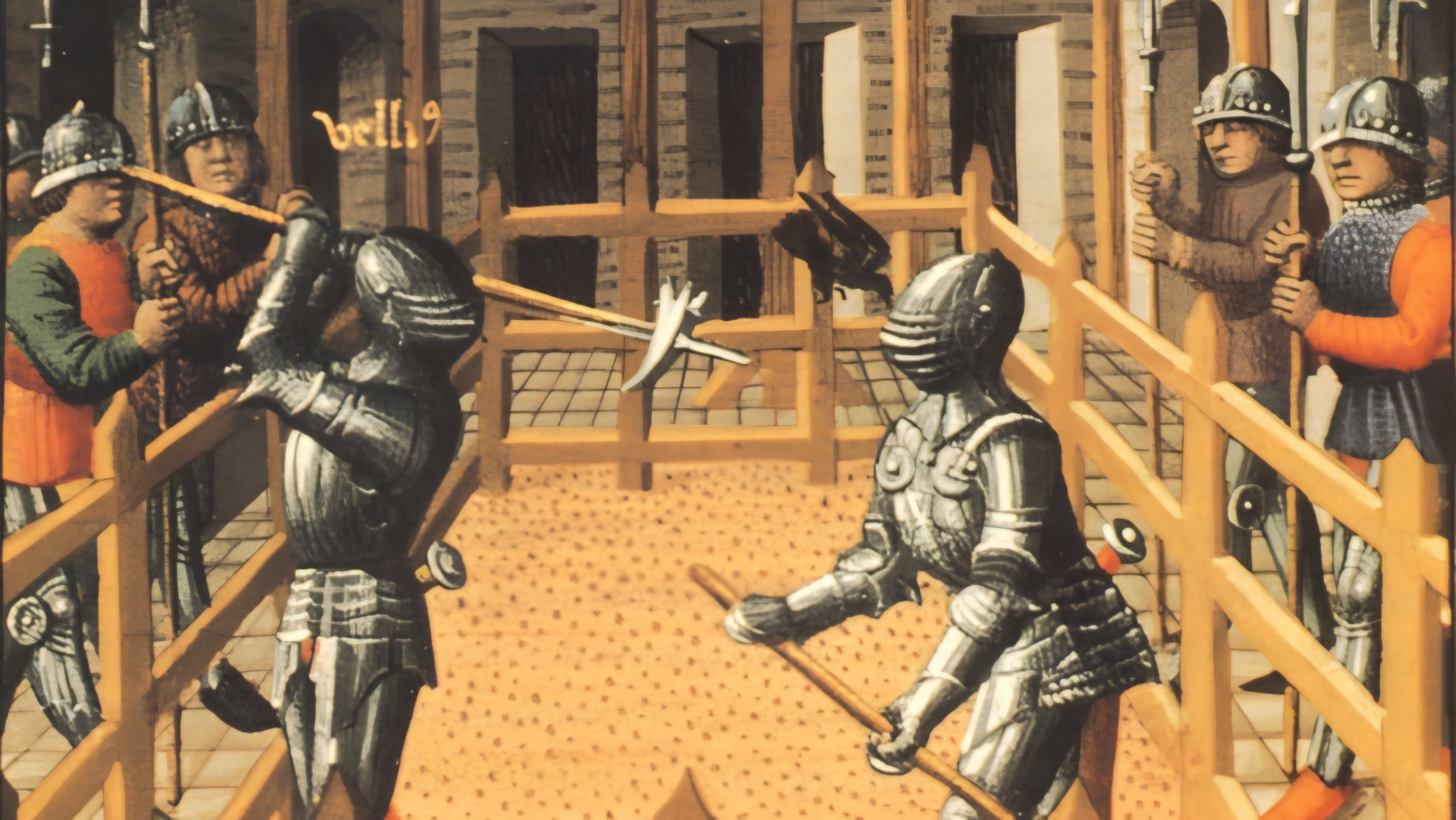
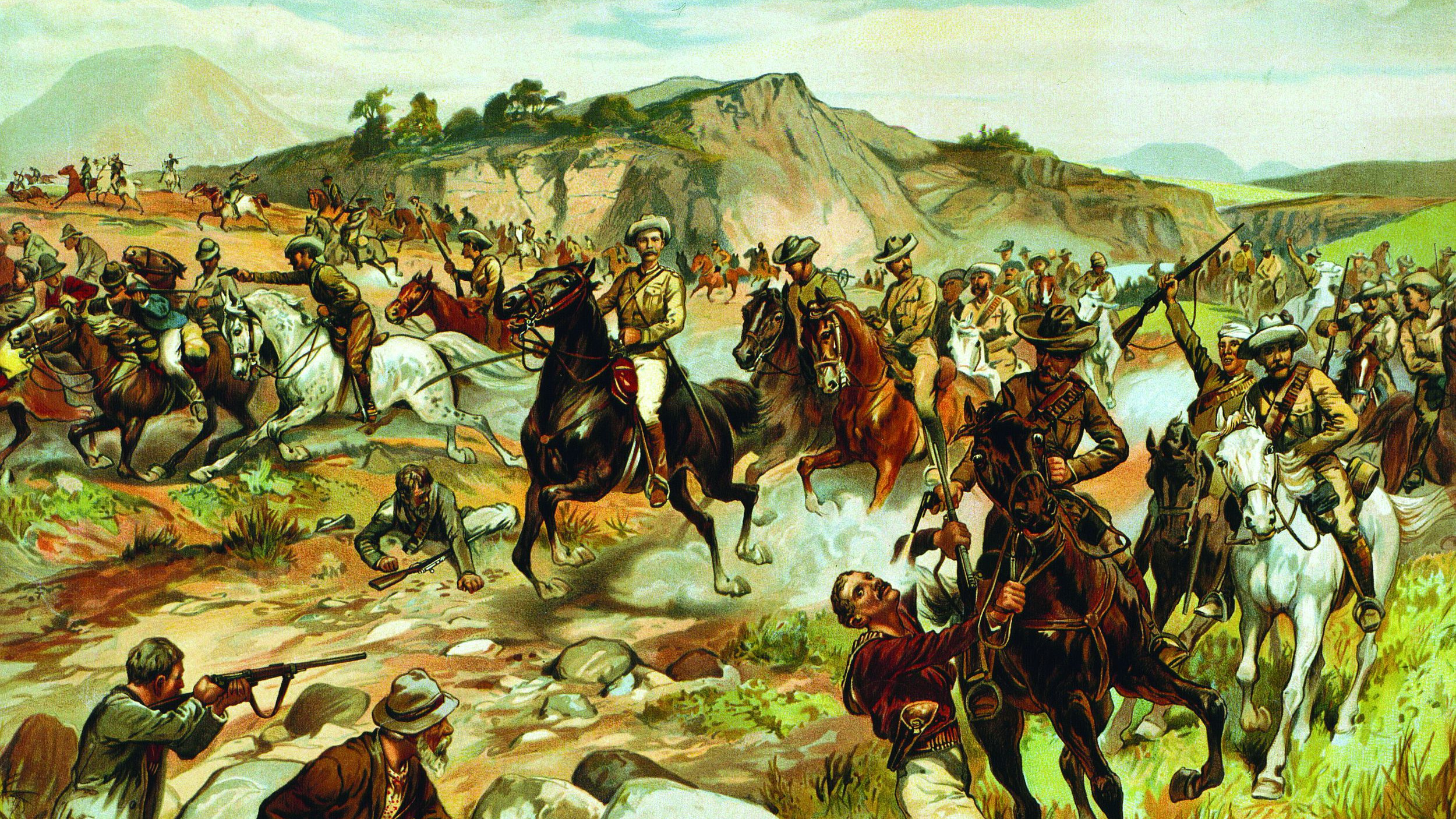
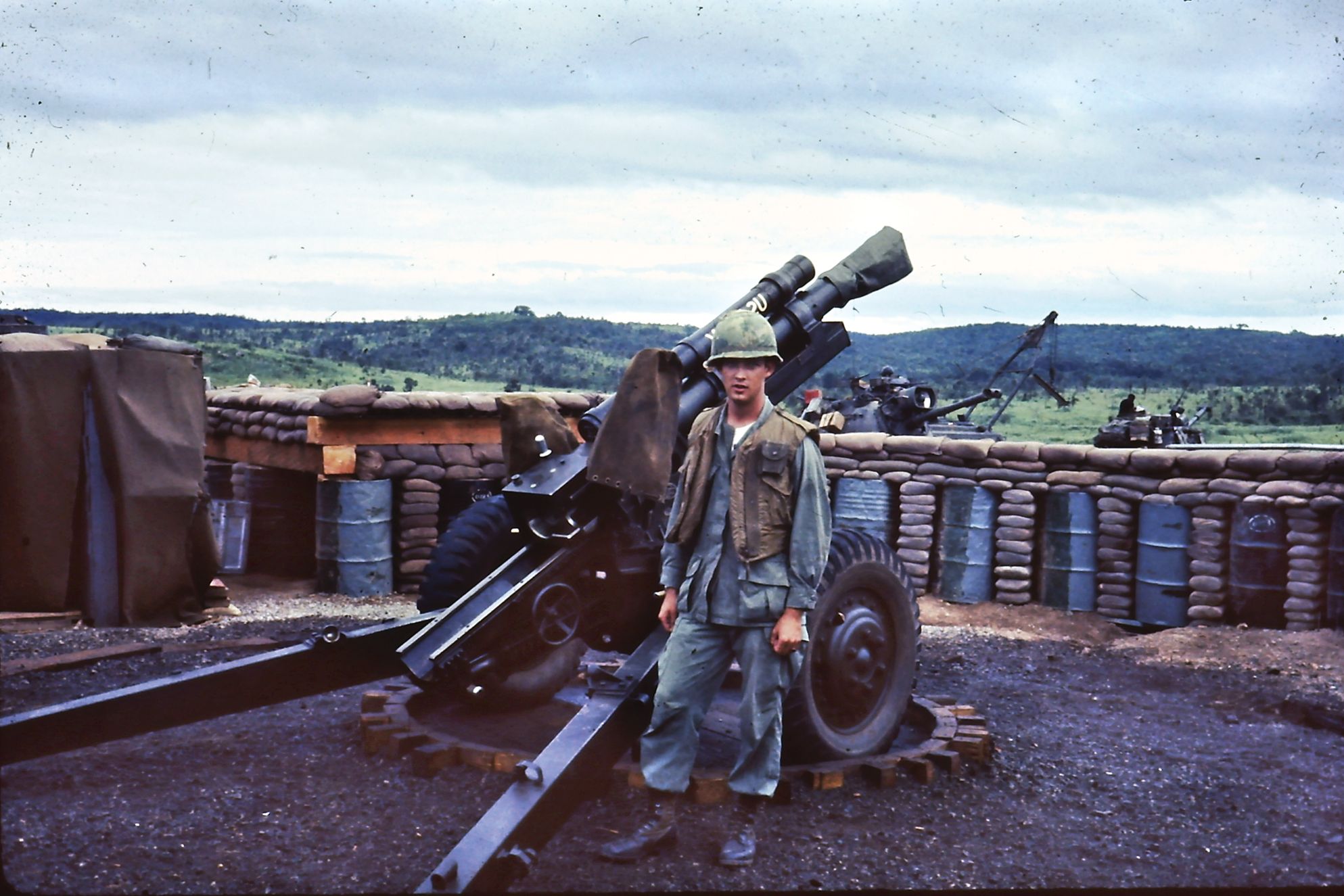
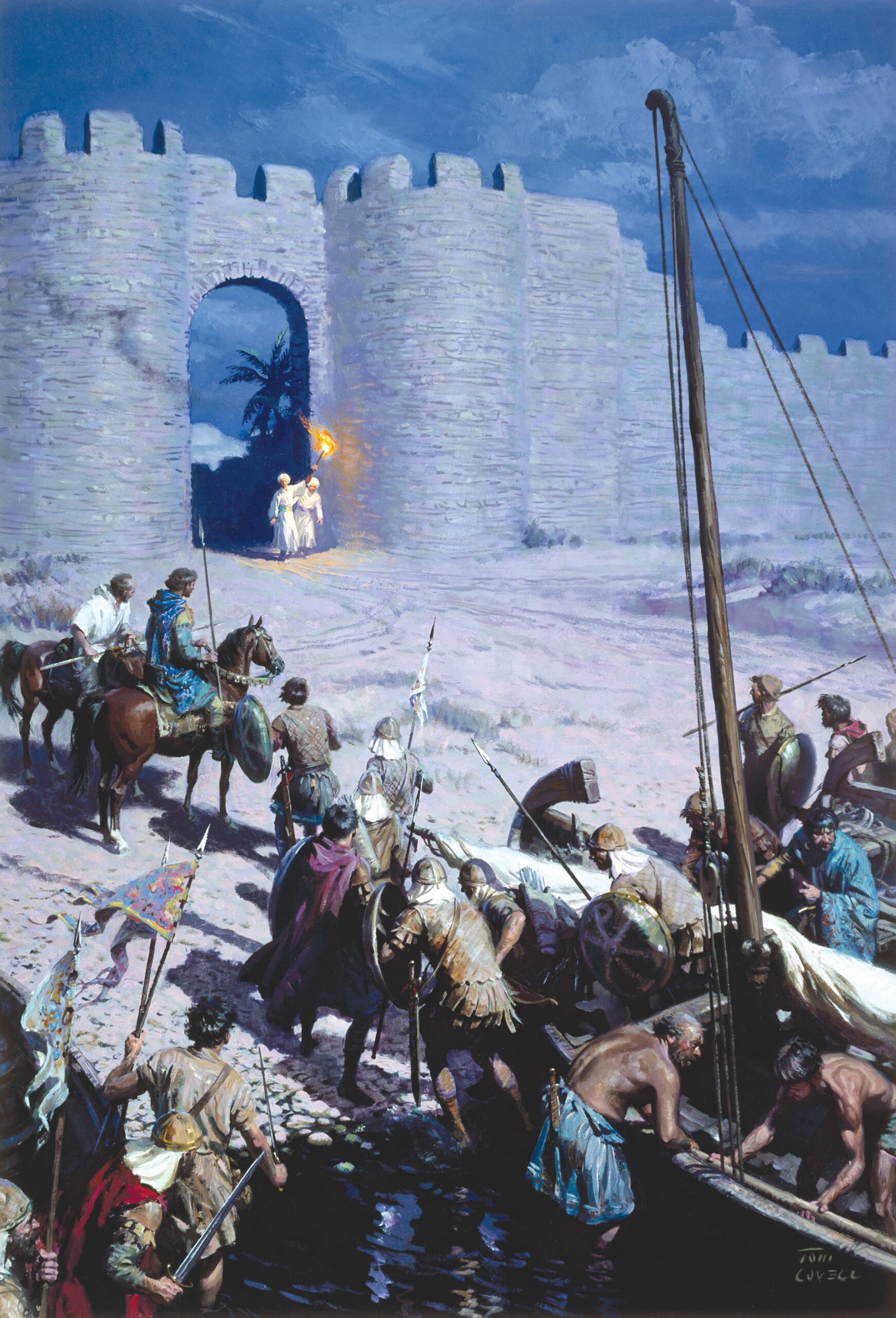
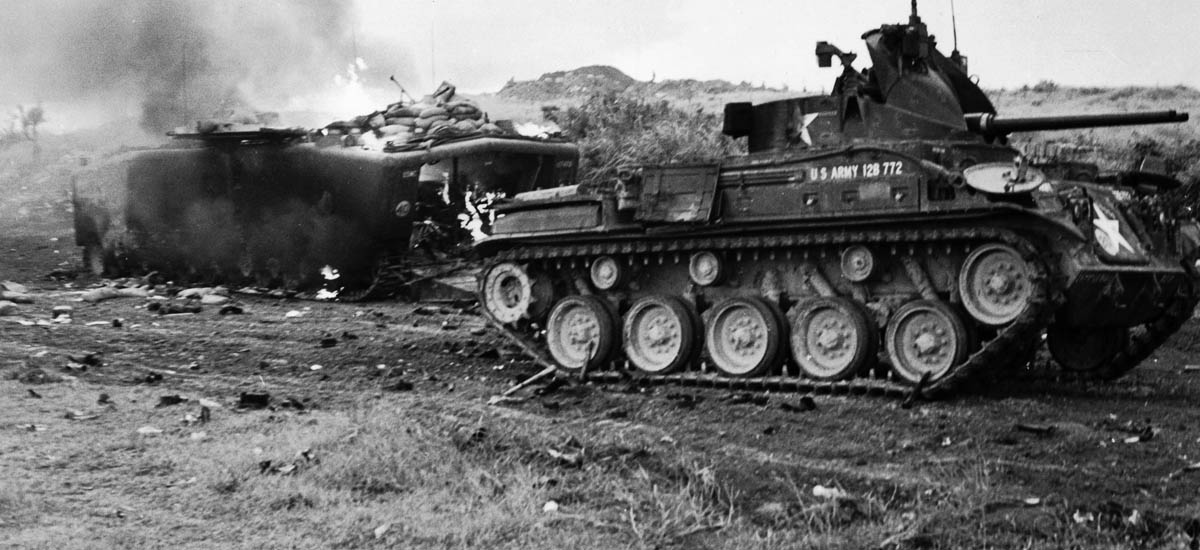

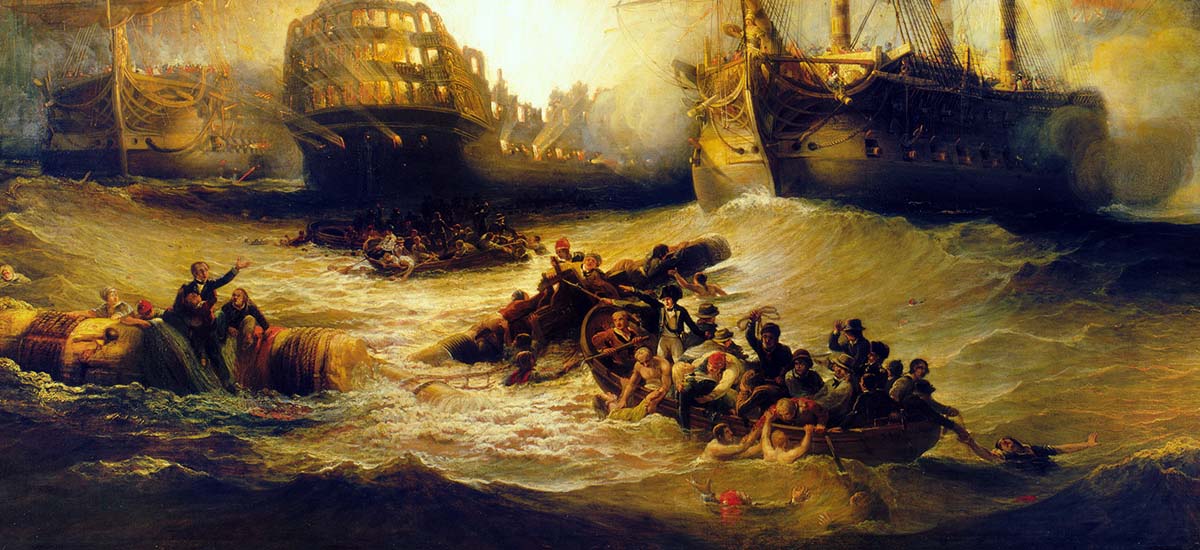
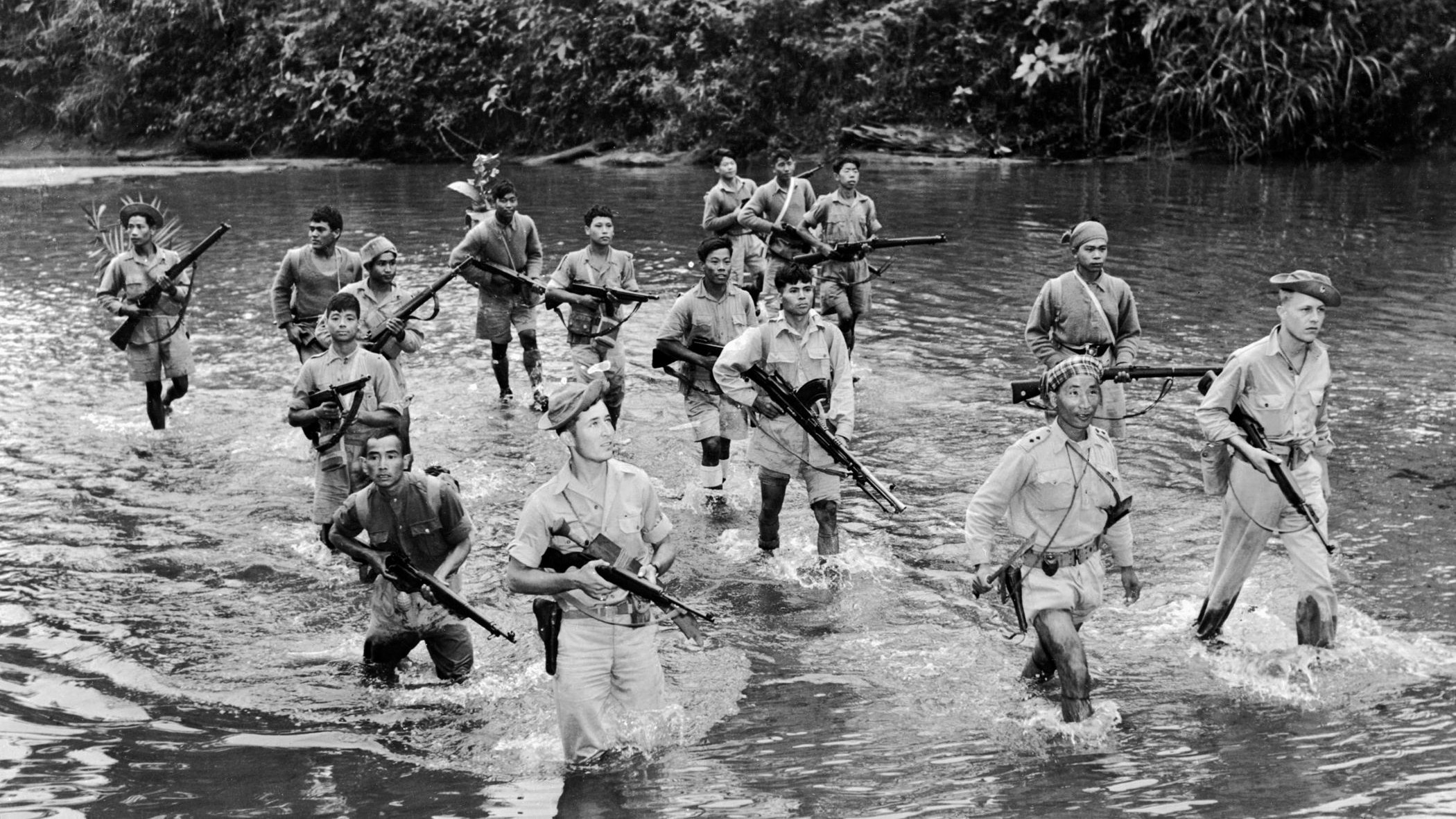
Join The Conversation
Comments
View All Comments